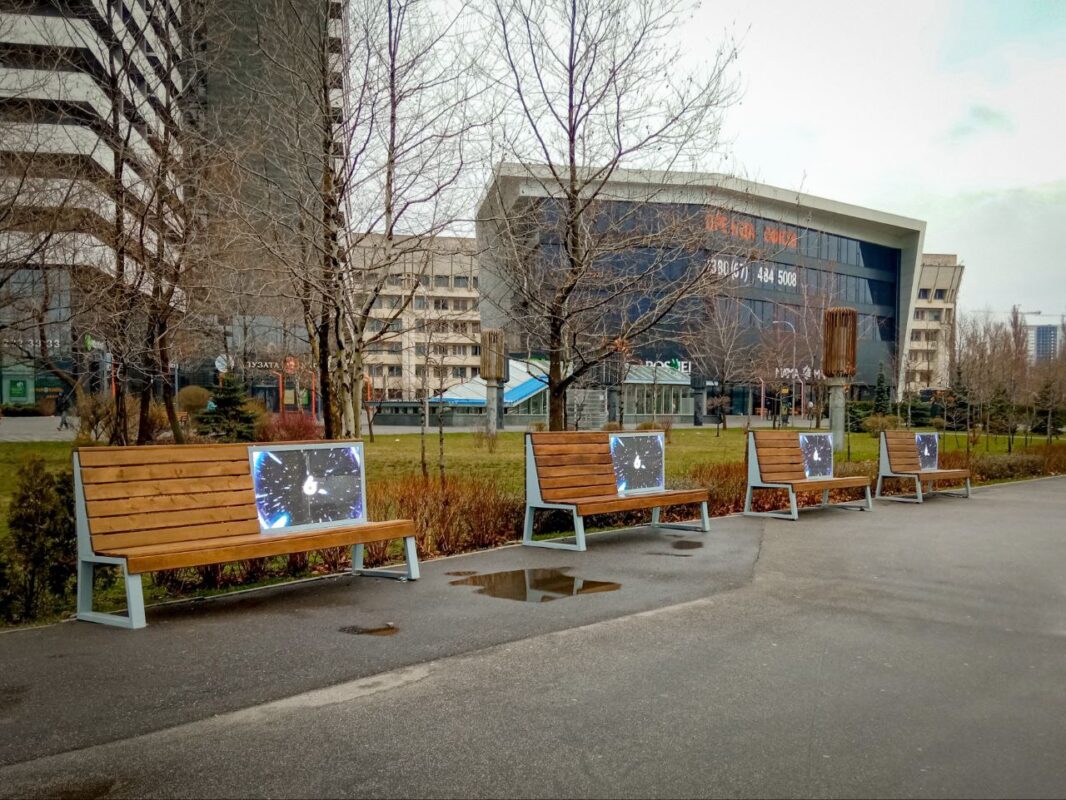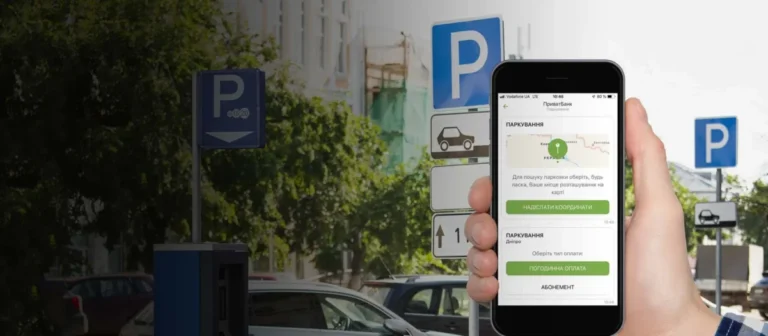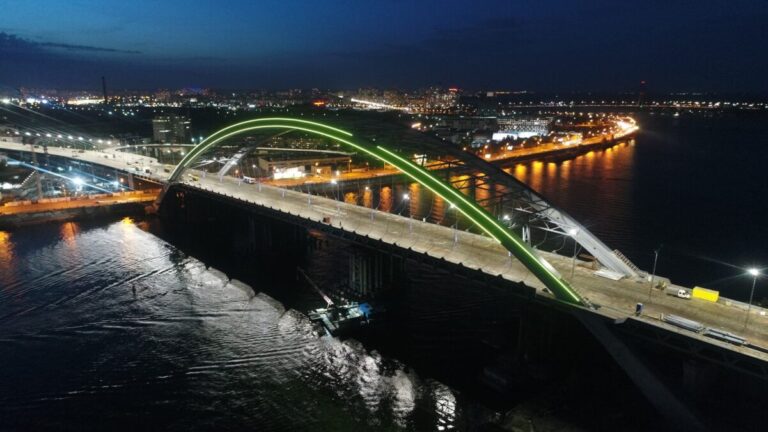
Benches with Screens in Kyiv: Urban Innovation or Commercial Takeover?
If you’ve walked through central Kyiv recently, you may have noticed a new kind of bench popping up. At first glance, it looks like any other public seating. But a closer look reveals a screen embedded in the backrest — not for information, but for advertising.
The first of these benches appeared near the Expocenter (VDNH), and now dozens more have been installed at Kontraktova Square. And this is just the beginning. So what is this project, who’s behind it, and why is it stirring debate?
What exactly are these benches?
These are public benches with digital screens — roughly 0.5 m² in size — embedded in the backrest. They display advertising content and are installed in open public spaces: parks, squares, and near transit stops.
Calling them benches is generous — if the screen is on or takes up most of the backrest, sitting comfortably becomes difficult or even impossible.
Who is installing them, and why?
This is part of an investment project launched back in 2020 by Kyiv’s Department of Urban Development. The benches are not funded by the city budget — instead, they are installed by a private investor under an investment contract.
The plan is to place 120 such benches throughout Kyiv. As of now, around 20 are already operating on Kontraktova Square, with others planned in the Podilskyi, Holosiivskyi, Shevchenkivskyi, Pecherskyi, and Solomianskyi districts.
The official purpose? To “modernize” the urban environment by combining public infrastructure with information delivery — though in reality, that means advertising.
Relevant
Is the city making money from this?
That’s the key question. Formally, it’s an investment project, meaning a private company installs and profits from the benches. But it’s unclear whether the city receives any meaningful revenue from this.
Urban advocacy groups like NE:Urban argue that even if payments are made to the city, they are negligible — and don’t compensate for what’s lost. Beyond visual pollution, these benches lose much of their functionality. A bench designed around an ad screen no longer serves the public as it should.
What about aesthetics?
This is where the controversy heats up. Some see the benches as a step toward a modern smart city — integrating technology into public space. Others see a creeping commercial takeover of the urban environment, turning public space into yet another advertising channel.
Another concern is the complete lack of public consultation. These installations appear with no notice, no discussion, and no input from residents. No one asked whether people want to sit on a glowing billboard.
These benches are more than just furniture. They reflect how decisions are made about public space — and who benefits from them.
Do they make sense? It’s an open question. But one thing is clear: transparency, public input, and a balance between functionality and profit are essential for a city that serves its people.














